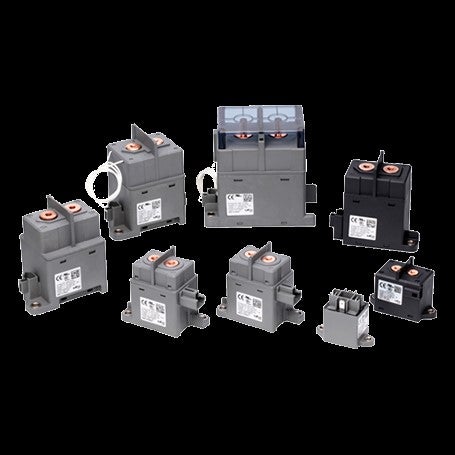Cerence has been granted a patent for a method and mobile device that can monitor the acoustic environment while operating in low power mode. The device uses contextual cues and performs processing stages to detect voice commands, transmitting the input to an ASR server for conversion into text and then to an NLP server for determining if it is a voice command. GlobalData’s report on Cerence gives a 360-degree view of the company including its patenting strategy. Buy the report here.
According to GlobalData’s company profile on Cerence, smart voice assistant was a key innovation area identified from patents. Cerence's grant share as of June 2023 was 1%. Grant share is based on the ratio of number of grants to total number of patents.
Monitoring acoustic environment of mobile device in low power mode
A recently granted patent (Publication Number: US11676600B2) describes a mobile device and system that can operate in a low power mode while still receiving and processing voice commands. The mobile device includes at least one input that can receive acoustic input from the device's environment while in low power mode. The device also has at least one processor that can perform processing stages on the acoustic input to determine if it includes a voice command. This includes transmitting a portion of the acoustic input to an automatic speech recognition (ASR) server via a network for conversion into text. The text is then sent to a natural language processing (NLP) server to determine if it includes a voice command. If a voice command is detected, the device will respond accordingly.
The patent also mentions that the processor can pre-process the acoustic input before transmitting it to the ASR server. This pre-processing may involve removing information, formatting, or modifying the acoustic input. Additionally, the mobile device may have multiple processors, with one performing the processing stages in low power mode and another performing operations corresponding to the voice command after exiting low power mode. Alternatively, the device may be able to perform operations corresponding to the voice command without exiting low power mode.
The system described in the patent includes one or more servers that are remotely connected to the mobile device. These servers receive acoustic input from the device while it is in low power mode and process it to determine if it includes a user utterance. If a user utterance is detected, a representation data for the utterance is generated and processed to determine if it includes a voice command. If a voice command is detected, it is sent back to the mobile device to wake it up from low power mode and perform the corresponding operation.
The patent also mentions that the representation data can include a textual representation of the user utterance or a sequence of abstract concepts without a textual representation. The acoustic input may undergo pre-processing by the mobile device before being sent to the servers, which can involve removing information, formatting, or modifying the input. The servers may also use a statistical model to extract semantic entities from the representation data based on patterns observed in prior training inputs to determine the voice command.
Overall, this patent describes a mobile device and system that can receive and process voice commands while operating in a low power mode, allowing for efficient and convenient voice control functionality.
To know more about GlobalData’s detailed insights on Cerence, buy the report here.






